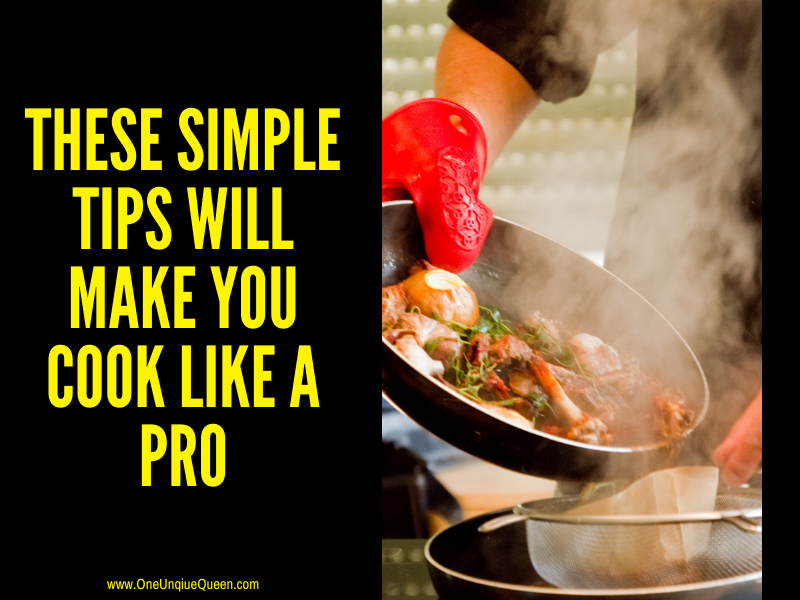


Many people try to avoid the kitchen for different reasons. Some find it intimidating; some don’t know their way around the kitchen, others have bad cooking experiences haunting them, while others lack the confidence. If you fall into any of these categories, you probably worry a lot that your recipes won’t turn out the way you see them in cookbooks, and even worse, your guests will have a good laugh at your expense. But there’s no reason to allow your lack of cooking skills to scare you away from the kitchen. Sure, you don’t know the first thing about sautéing, and you’re certain you’ll burn the cookies, but cooking can be a lot of fun, regardless of the recipe. The following tips can easily make you cook like a pro.
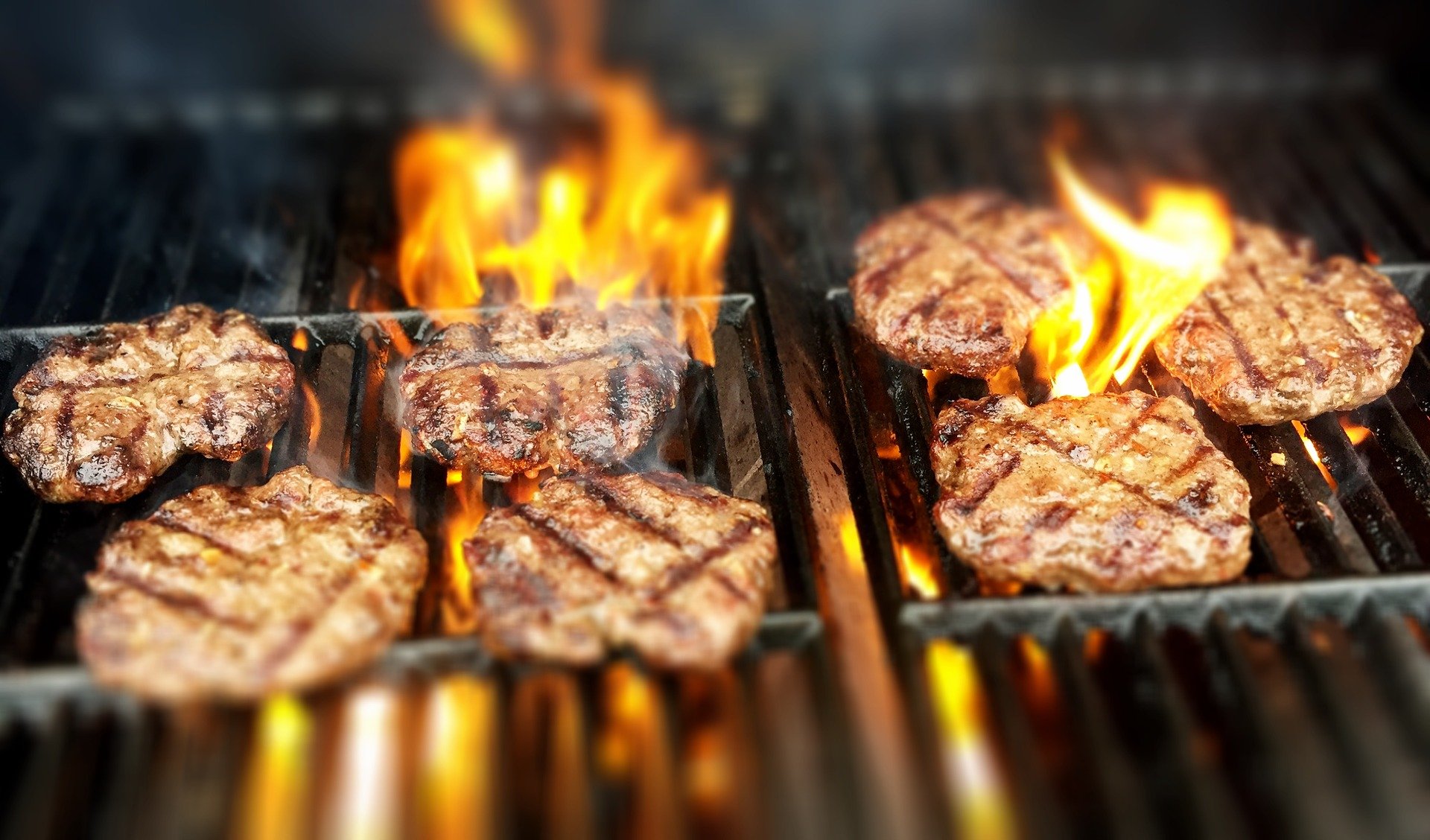
1. Know a few basic techniques at your fingertips
You should learn three basic cooking techniques if you want your cooking to improve. These are grilling, roasting, smoking, and sautéing.
- Grilling: With grilling, you’re applying heat directly to the food. While many people only think of grilling meat, learning to grill vegetables can improve the look and taste of your meals. Most recipes for grilling require you to cook at higher temperatures to get that lovely dark brown effect without messing up your meal.
- Sautéing: Use a non-stick skillet or a wide pan over moderate heat and with very little oil. Most people find 10 to 12 inches diameter pans work best as they give you more room. This way, you won’t end up crowding your ingredients in the pan and burning your food. Be sure to coat the bottom of your pan with about a tablespoon of vegetable oil and let it sit over moderate it before adding your ingredients.
- Roasting and smoking: To nail your roasting, cook in dry heat (preferably in an oven), as that allows the heat to surround the food and cook it evenly on all sides. When smoking your food, be sure to use a smoker, maintain the cooking temperature, add wood chunks for extra flavor, add some moisture to the smoke, and give your food enough time to cook.
Of course, these are general guidelines, as particular recipes will come with unique twists, so be sure to stick with what your recipe says. For example, to make this smoked pork tenderloin recipe, you need to follow the unique cooking tips it comes with.
2. Learn the proper way to season
Good seasoning adds an extra touch of magic to meals, just as insufficient seasoning will ruin any dish. In most cases, a pinch of salt can be more than enough to build all the flavor you need in your dish. The type of meal you want to prepare will determine what seasoning will work and at which stage of your cooking.
However, anytime you’re adding salt to your cooking, it is always best to add a pinch of salt at a time, and be sure to taste to be sure. Hold your hand about 12 inches above your dish to create a more even distribution when adding your salt. Also, some ingredients will not require any added salt, as they may contain strong flavors, such as broth and canned vegetables, and various salty ingredients.
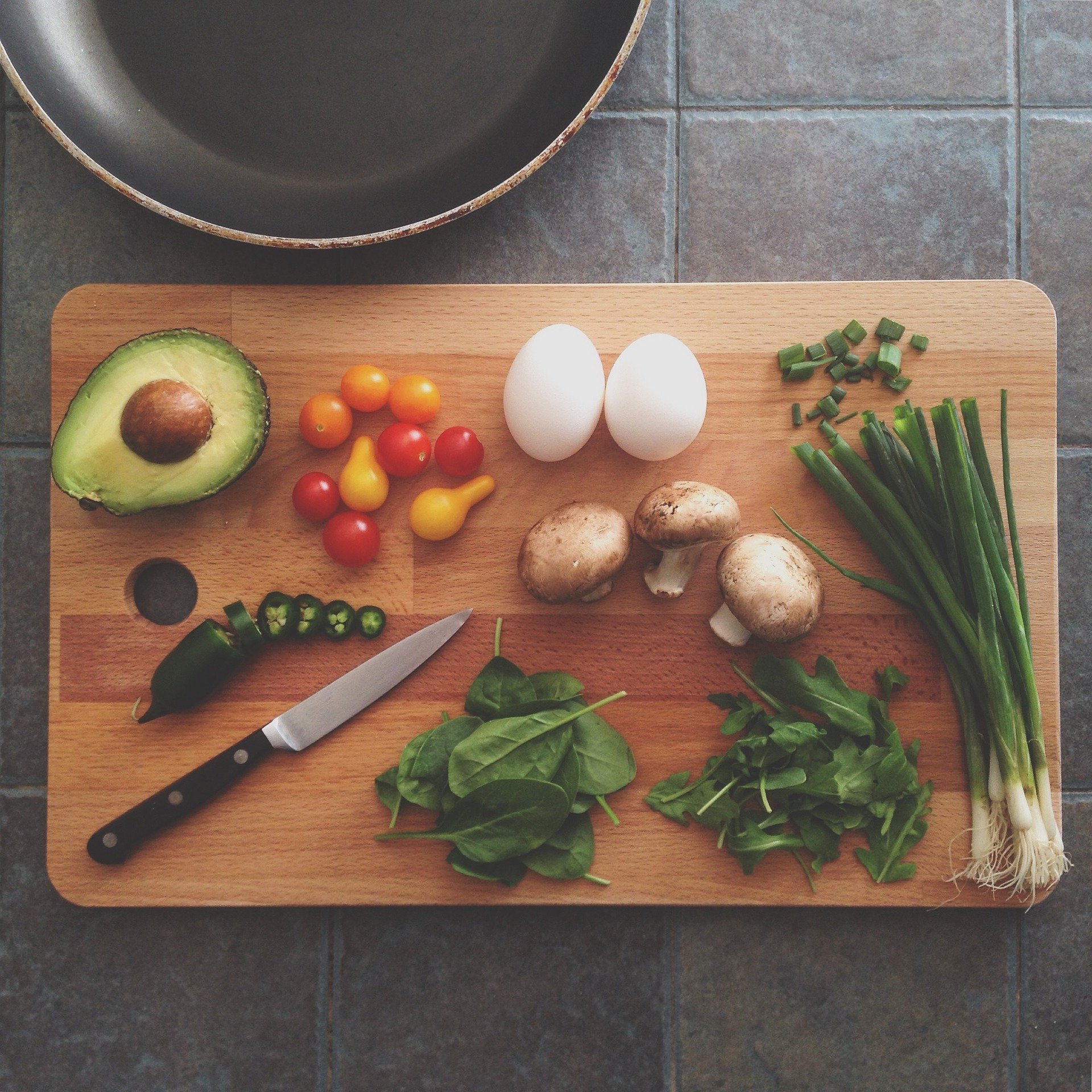
3. Always use the best ingredients
Cooking with the best and freshest ingredients makes your cooking experience more straightforward, as you wouldn’t have to do too much with them to make them taste great. One of the reasons why professional cooks make great-tasting dishes (aside from their experience) is that they always source from the best and freshest ingredients available to them.
Cooking with fresh ingredients means you’ll enjoy a better and richer flavor, which will improve your food. Cooking with vegetables that have exceeded their shelf life means your food will turn out pretty bad, even if you have some cooking experience. In short, you will hardly mess up if you start your dishes with the best ingredients.
4. Know when your meal is ready
Overcooking or undercooking a meal is one of the biggest embarrassments. Many people make these mistakes because they try guessing whether a meal is cooked instead of making sure. Experienced cooks can easily tell by just observing the texture and texture of the food or noticing the aroma. But you’re probably not experienced (which is why you’re reading this article in the first place), so don’t try feeding off clues.
An effective way to know if a meal is cooked is by gauging the temperature. And you can do this by inserting a digital thermometer into the thickest part of the food to read the temperature. Of course, this is for really thick dishes.
However, if you’re cooking vegetables, you can tell if they’re done when they become soft enough to pierce with the tip of a paring knife. They shouldn’t look mushy, though. When cooking fish, you’ll know it’s done when it easily separates into large flakes that look moist after poking at it with a fork.
If you’re cooking meat, the following simple guide might help:
- Meatloaf or burgers: Your meat should be ready when the cooking temperature reaches 160 degrees.
- Pork: When cooking pork, 150 degrees will do at medium, and 145 degrees at medium-rare.
- Beef: Between 130 t0 135 degrees should be perfect for medium-rare, and 135 degrees to 140 for medium.
- Poultry: Poultry breast cooks beast at 165 degrees.
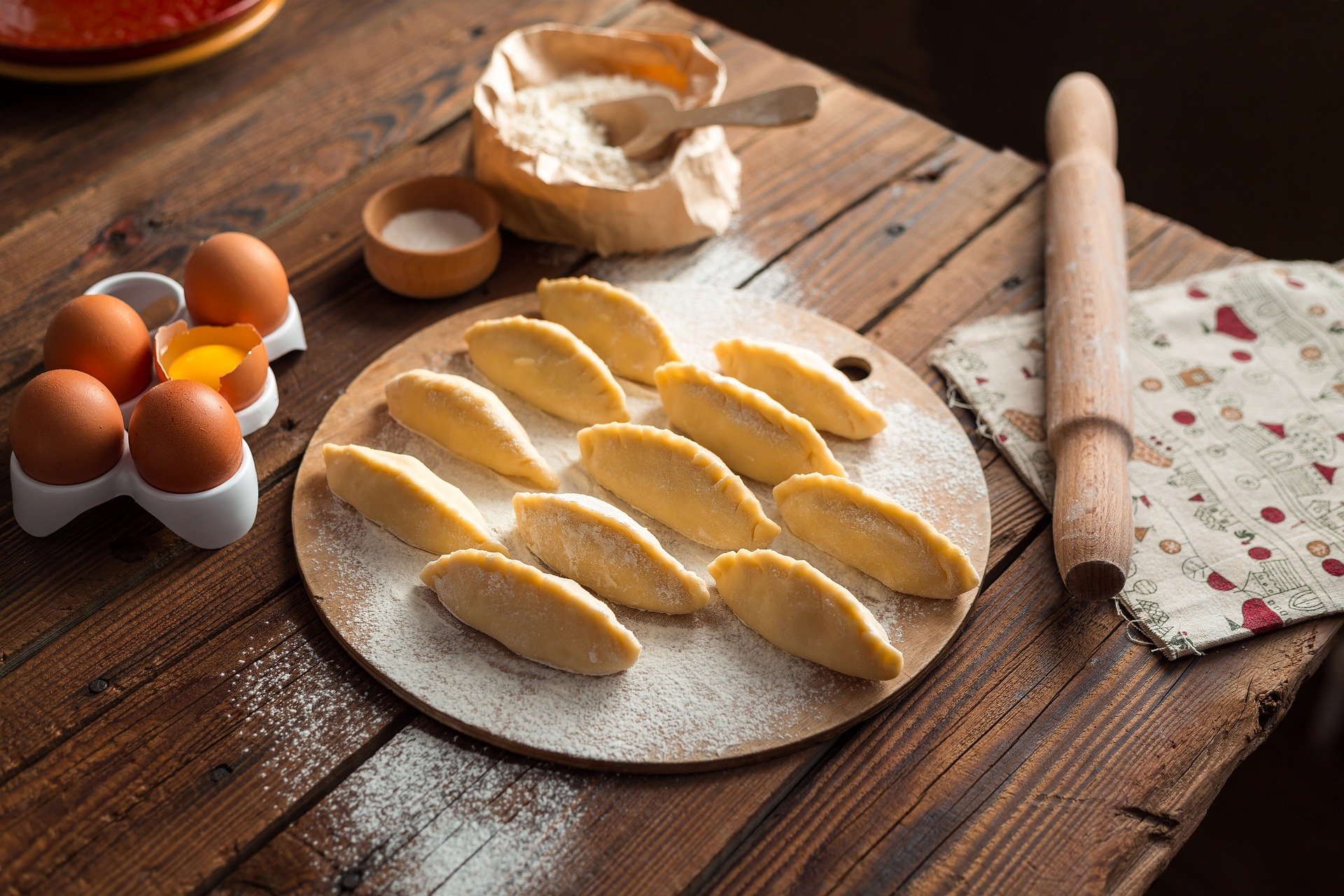
5. Don’t aim for perfection
You’ve seen the photos of those delicious dishes perfectly garnished and served on various websites and in cookbooks. Understandably, you’ll want yours to look just as good, but that shouldn’t be your aim, as you’ll only stress yourself. Those photos you see are the best ones the professional cooks could produce for advertising purposes, and it makes sense that they’ll want to showcase those as a way of attracting clients.
The most important thing is to get your dish tasting good enough, even if your garnishing is poor or absent. With time, you can master your recipe and presentation to make you feel good about yourself.
What other tips do you have to cook like a pro? Let me know in the comments below!




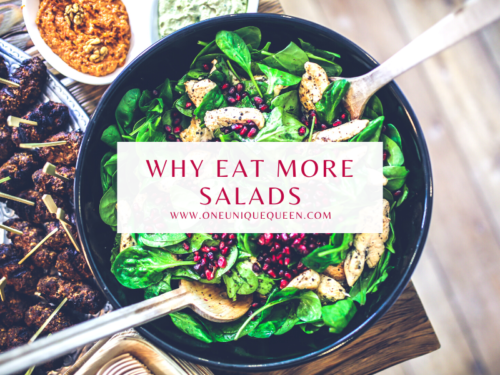
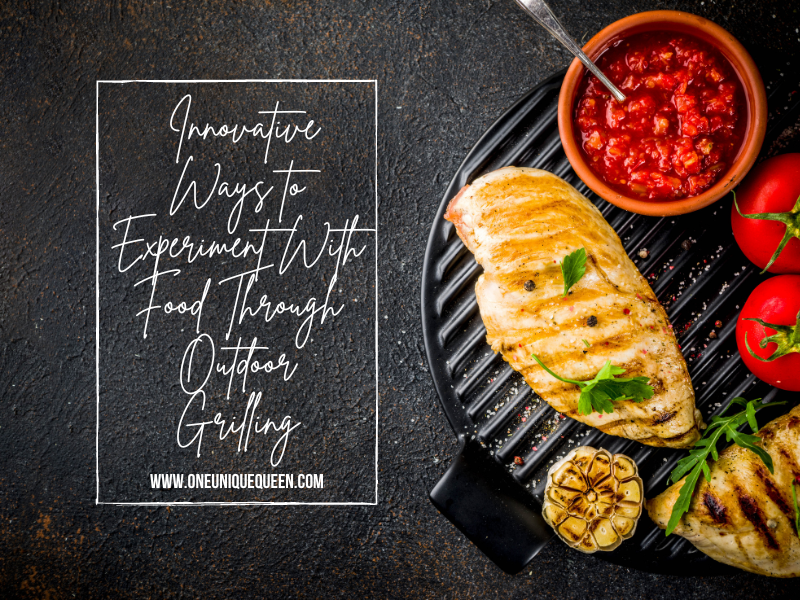



![[Influenster Review] – Peet’s Coffee K-Cup VoxBox](https://www.oneuniquequeen.com/wp-content/uploads/2022/06/Influenster-Review-Peets-Coffee-K-Cup-VoxBox.png)
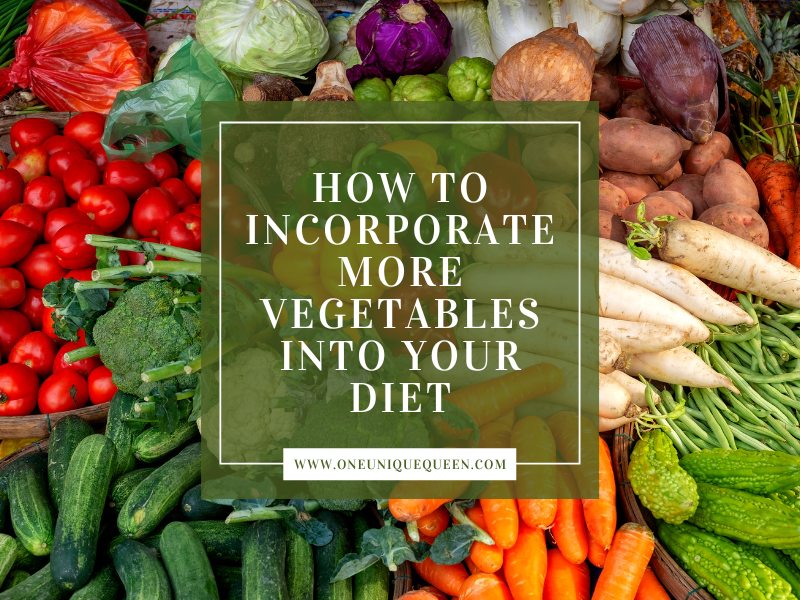
COMMENTS MAKE ME HAPPY!